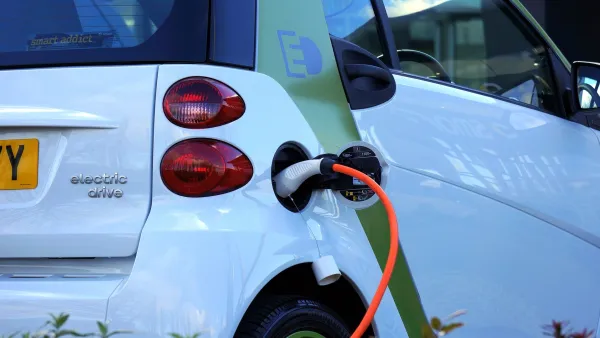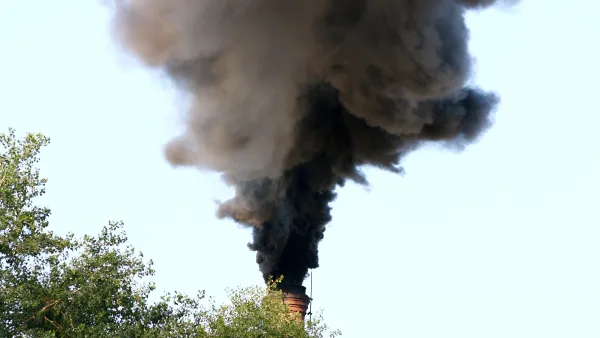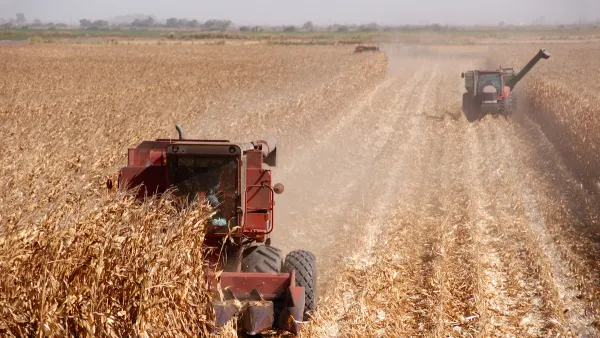The most dangerous air pollution is not smog and is barely known by the public, writes Bill Adams, editor of UrbDeZine. Line-source particulate matter air pollution could change the way the public thinks about road projects and gas powered cars.
Roughly one-third of the U.S. population unknowingly lives, works, or goes to school within a toxic auto-emission zone that has nothing to do with smog. These zones are defined by key distances and other factors that shape an ultra-fine particulate matter plume near busy roadways, writes Bill Adams, editor of UrbDeZine. Within these zones are elevated rates of death and a wide array of conditions that range from heart disease to autism.
Moreover, these auto-emission zones have significant social justice implications, adds Adams, because of the disproportionate number of poor and ethnic minorities that reside within them. He writes:
"Suburban expansion creates a demand for road expansion through existing neighborhoods. Lower income neighborhoods and ethnic minority populations least often wield the political influence necessary to resist road expansion projects. Additionally, multifamily and affordable housing is more likely to be sited near high traffic areas than is more expensive detached housing. More recently, the construction of high density “transit oriented developments” (TODs), which are intended to reduce auto reliance and which often include affordable housing, are frequently sited near high traffic areas."
Adams goes on to posit:
"Perhaps, if the public was more aware of the direct and unequal health impacts of high-traffic roadways, transitioning from roadway expansion to transportation alternatives would receive more urgency."
FULL STORY: What is a safe distance to live or work near high auto emission roads?

National Parks Layoffs Will Cause Communities to Lose Billions
Thousands of essential park workers were laid off this week, just before the busy spring break season.

Retro-silient?: America’s First “Eco-burb,” The Woodlands Turns 50
A master-planned community north of Houston offers lessons on green infrastructure and resilient design, but falls short of its founder’s lofty affordability and walkability goals.

Delivering for America Plan Will Downgrade Mail Service in at Least 49.5 Percent of Zip Codes
Republican and Democrat lawmakers criticize the plan for its disproportionate negative impact on rural communities.

Test News Post 1
This is a summary

Test News Headline 46
Test for the image on the front page.

Balancing Bombs and Butterflies: How the National Guard Protects a Rare Species
The National Guard at Fort Indiantown Gap uses GIS technology and land management strategies to balance military training with conservation efforts, ensuring the survival of the rare eastern regal fritillary butterfly.
Urban Design for Planners 1: Software Tools
This six-course series explores essential urban design concepts using open source software and equips planners with the tools they need to participate fully in the urban design process.
Planning for Universal Design
Learn the tools for implementing Universal Design in planning regulations.
EMC Planning Group, Inc.
Planetizen
Planetizen
Mpact (formerly Rail~Volution)
Great Falls Development Authority, Inc.
HUDs Office of Policy Development and Research
NYU Wagner Graduate School of Public Service





























